Tripnotes: Lead Effectively While Preserving Team Autonomy with Growth Boards
Enter Growth Boards
A lean governance model borrowed from the Venture Capital world. Through this framework, the “startup” owns product discovery and development while the “investors” oversee the overall portfolio and provide guidance. It enables empowered, anonymous teams to thrive while maintaining accountability.
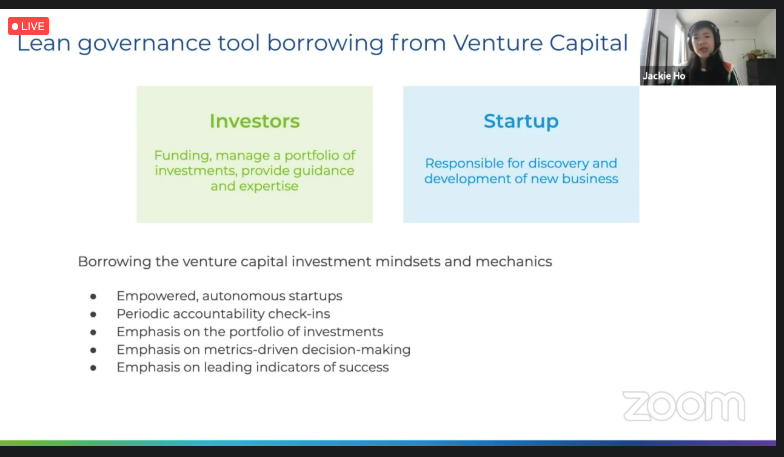
Lean Governance
Lean Governance refers to the sweet spot between chaos (no accountability) and command & control.
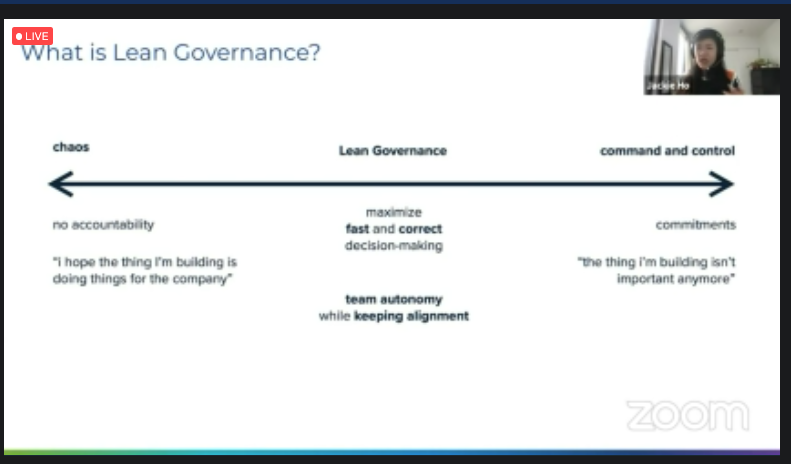
Anatomy of a Growth Board Meeting
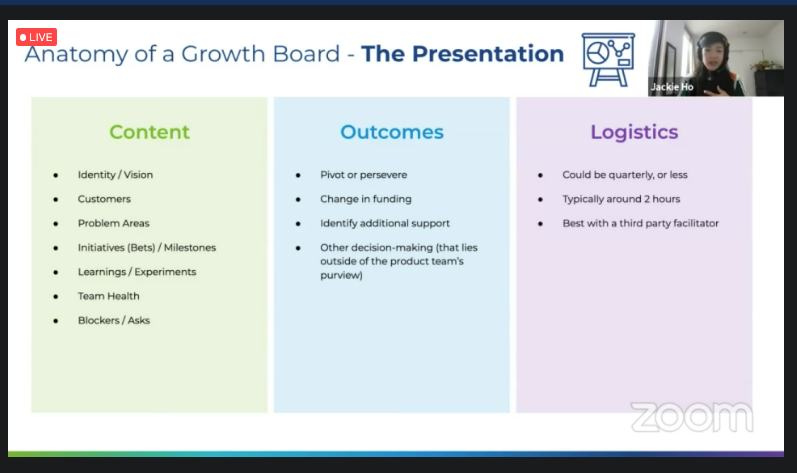
Case study: how Growth Boards look in projects
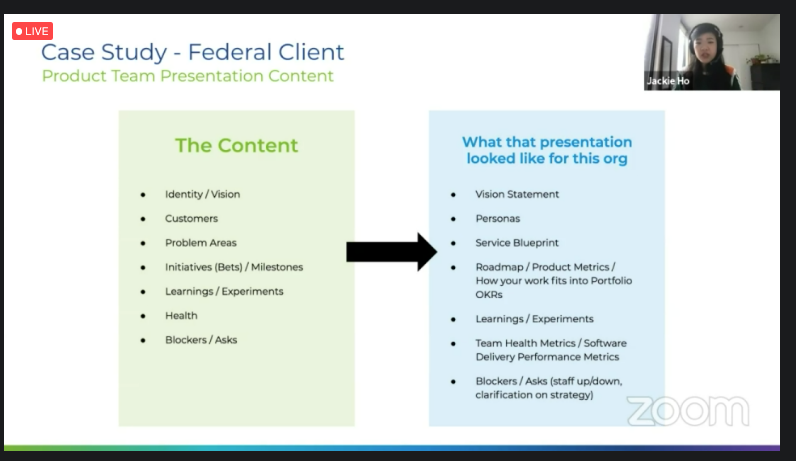
What went well:
- Aligning teams and leadership while preserving team autonomy + leadership direction
- Direction change (aka pivot or persevere decisions) sooner and more objectively based on success metrics
- Framework served as a forcing mechanism of focus and align
What didn’t go as well:
- Pushback saying that Growth Board meetings took significant time to prepare
- Follow-ups were ad-hoc, leaving teams felt like they were left hanging about decisions and asks of leadership
Pre-requisites
Agile at scale without chaos is possible with the help of Growth Boards. However, it requires a solid foundation of things like a balanced team, product mindset, stakeholder management, KPIs, OKRs, and more as pictured below.
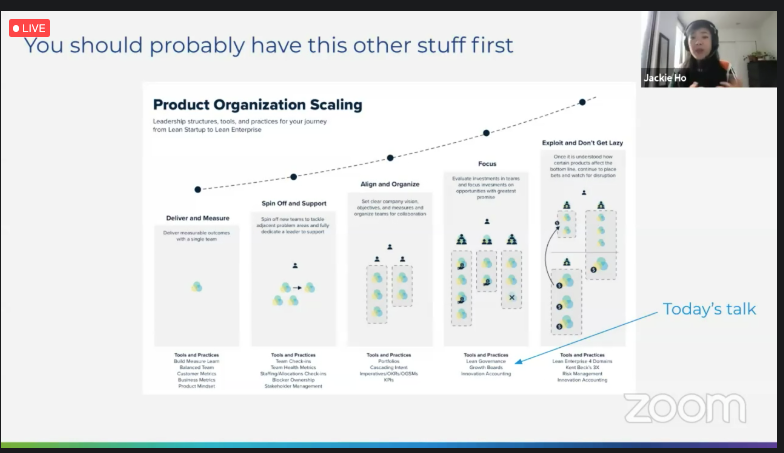
What’s next?
Questions to reflect on as an individual contributor
- Is your definition of success accomplishing design work and deliverables or are you only successful when the software is delivered/outcomes are achieved?
- Are you able to tie the work you’re doing each day to broader company strategy?
- What business metric is your design work driving towards?
- How much does your team cost your company? Is it a worthwhile investment?
Questions to reflect on if you’re in a leadership or management role
- Where does your leadership style or organization fall in the spectrum between command and control and chaos?
- If more chaos, do you know what your teams or designers are working on? Is that work aligned to your organization’s objectives?
- If more command and control, how long does it take to make decisions in your organization? What decisions could be left to teams or individual designers to figure out?
Further reading
Short-form (articles and presentations)
- To Innovate Like a Startup, Make Decisions Like VCs Do by David Kidder and John Geraci
- How to Run Product Portfolios at Scale by Barry O’Reilly (Mind The Product)
- Why big companies squander good ideas
- What’s the ROI of Innovation? by David Binetti
Long-form (books)
- The Startup Way, Eric Ries
- Lean Enterprise, Jez Humble, Joanne Molesky, & Barry O’Reilly
- New to Big, David Kidder

